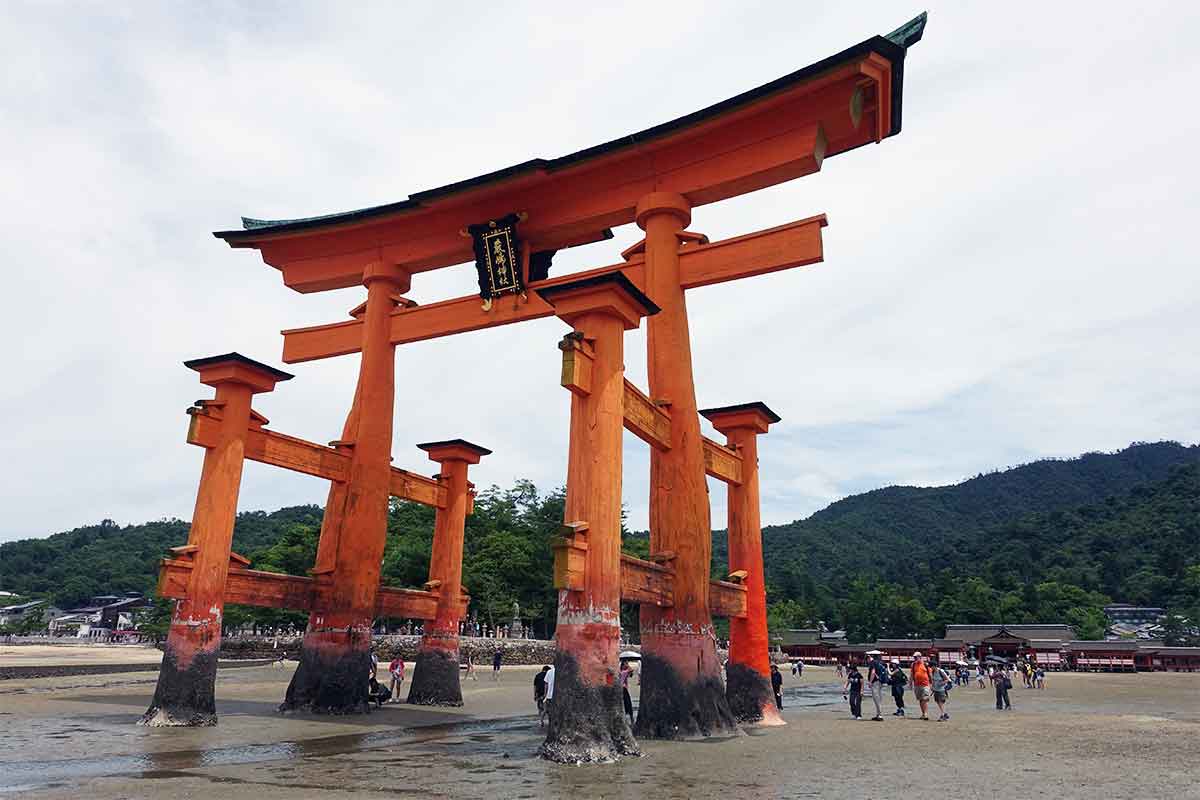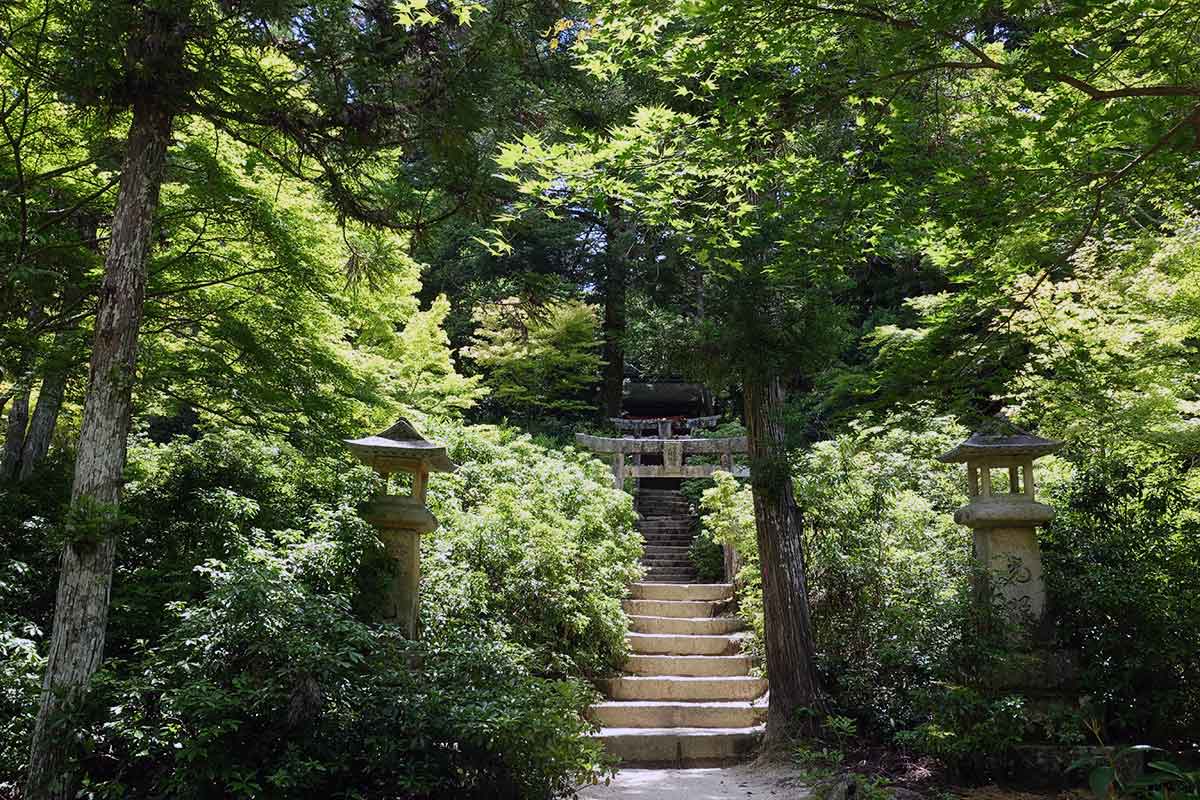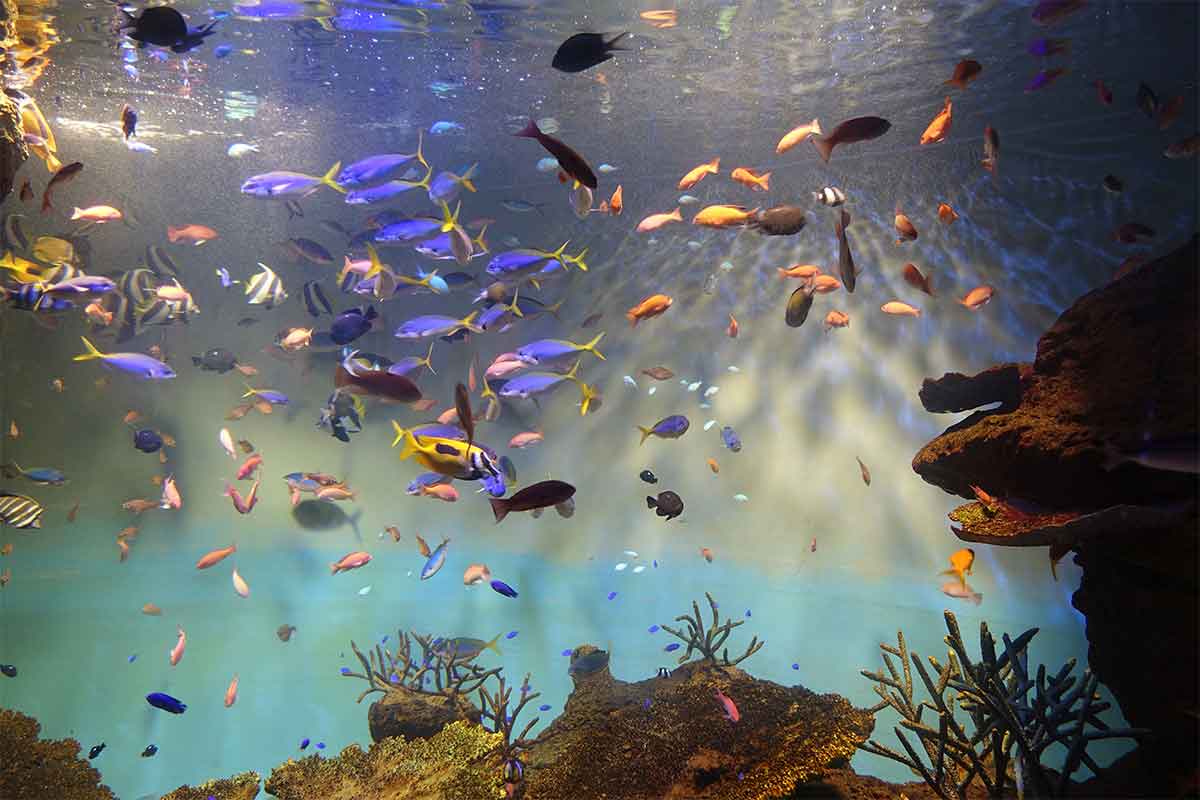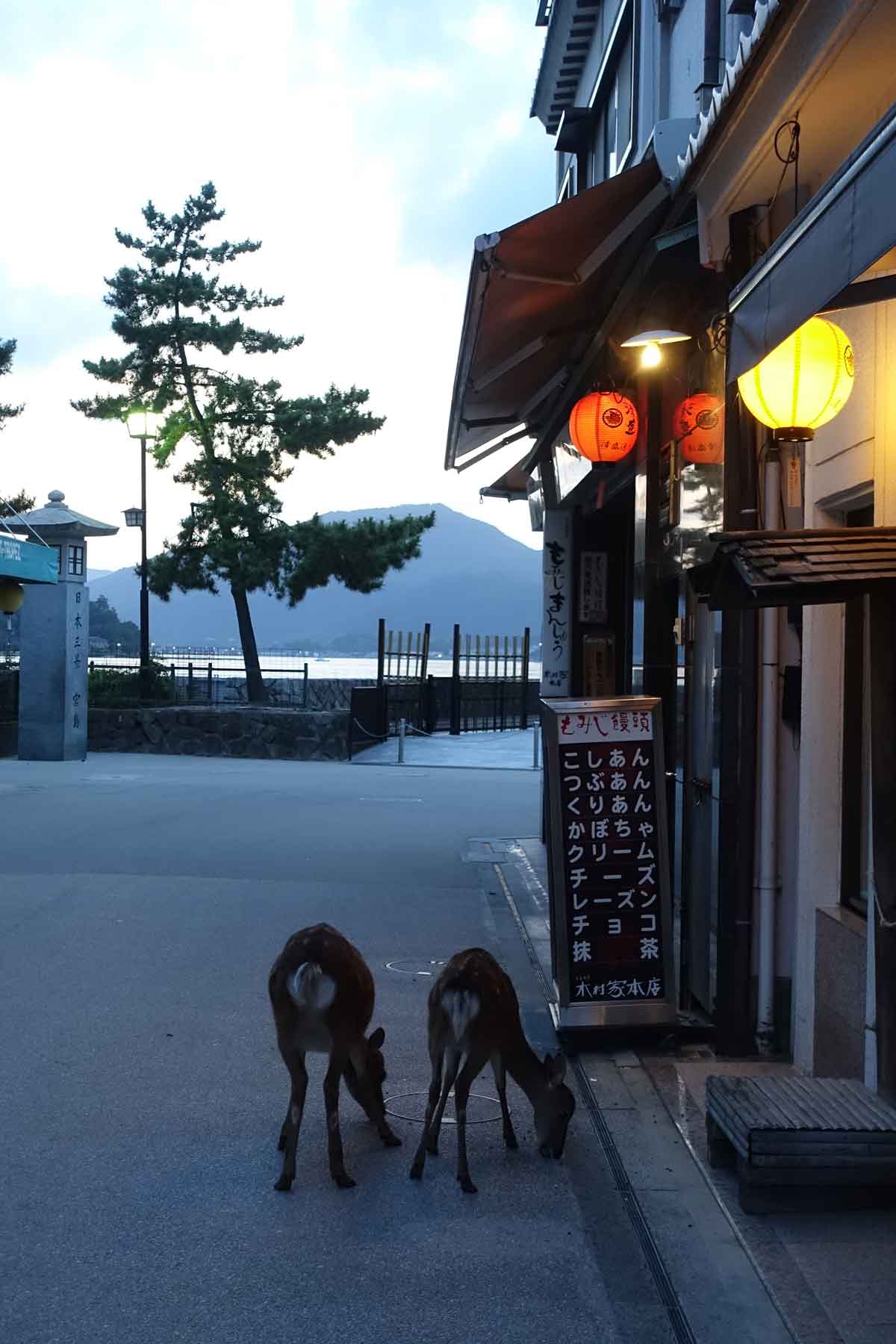Miyajima Island in Japan, the Island of the Gods
Published on December 17, 2024
Considered one of the most beautiful places in the Japanese archipelago, the island of Itsukushima or Miyajima in Japan is a Shinto shrine in its own right. Nature, culture, and tradition intertwine on this small island located not far from Hiroshima, on the Seto Inland Sea. Known worldwide, its torii in the water is the first symbol visitors see from the ferry when arriving on the island. Here’s why it’s truly a must-see during a trip to Japan.
Itsukushima Shrine, UNESCO World Heritage Site
History tells us that it was Shunsai Hayashi, a Confucian scholar, who wrote in 1643 that Miyajima was one of the 3 most beautiful sites in Japan, along with Matsushima and Amanohashidate! Since then, the legend has never left the site.
Listed by UNESCO in 1995, an entire part of the island received the distinction: the Shinto temple Itsukushima, the waterfront with its famous red torii, and also Mount Misen.
Itsukushima Shrine, floating sanctuary
The temple was built by Taira No Kiyomori, whose statue you can admire on the waterfront. Its history goes back more than 1,400 years and it alone is a true example of unique architectural design, symbolizing Japanese culture, history, and spirit.
The torii:
The symbol of Miyajima is so famous that it appears everywhere in illustrations of Japan. Accessible at low tide, you can walk underneath it. At the end of the day, the sea returns and tourists come to admire the spectacle of the illuminated torii from the shore. It is the symbol of the boundary between the profane world and the sacred world. It marks the entrance to the Itsukushima shrine, built on stilts.

The pagoda:
Built in 1407 and 28 meters high, it combines Japanese and Chinese architectural styles. It is located next to the Senjoukaku, the largest building in Miyajima, overlooking the Itsukushima Shrine.
See this post on Instagram
A post shared by Asato (@asato10jp) on Nov 2, 2018 at 1:29 PDT
Covered with lush virgin forests, Mount Misen, the highest mountain on Miyajima Island, rises 535 meters above sea level. The mountain is considered sacred and has been worshipped since ancient times. Near the summit are temples linked to Kobo Daishi, a great Buddhist priest. There are also unusually shaped rocks and an observatory. A cable car connects Shishilwa Station, on Mount Misen, to Momijidani Park. For the more athletic, three hiking trails are accessible to reach the summit (allow about 1 h 30 to 2 h 30).
Once at the top, the view is splendid. Stroll among the many temples, especially the Reikado Hall where a flame has been burning for 1,200 years, lit by Kobo Daishi. This same flame was used to light the peace flame in Hiroshima. Right next door, discover the Jizos, statues of child gods. It is said that all wishes concerning children will be granted if you pour water on the statues while accompanying the gesture with a prayer.
Daisho-in
Daishoin is not as well known as the Itsukushima shrine. However, it has many features worth seeing, including its 500 Buddha statues and its 600 volumes of sutras.
It is located at the foot of the thick Misen forest and is one of the most famous temples in Miyajima.
See this post on Instagram
A post shared by Simon Bowden (@sj_bowden) on Sept 21, 2018 at 3:09 PDT
Other points of interest to see in Miyajima
Machiya Street
Besides the temples and nature, don’t hesitate to stroll through the small town. While Omotesando Street is full of tourists all year round, Machiya Street, which is one block from Omotesando, will give you a glimpse of local life in Miyajima with its row of century-old houses that present an aesthetic combination of historic architecture.
During your walk through the town’s streets, take the opportunity to taste the famous maple leaf-shaped cakes filled with red bean paste, the momiji manju.
Momijidani Park
At the foot of Mount Misen, you will find Momijidani Park, magnificent in autumn when the maple leaves turn scarlet red. But rest assured, all four seasons also offer beautiful colors.

The beach and the aquarium
If you are going on a trip to Japan with children, you can add to your stay in Miyajima an afternoon at the beach, the aquarium, or the craft center; activities that will delight the youngest.
The beach is located 10 minutes by shuttle from the ferry terminal or 40 minutes on foot. A lovely white sand beach awaits you next to Tsutsumigaura Park. The beach is equipped for swimming and water games.
The Miyajima aquarium, like many aquariums in Japan, is very educational and fun. Activities take place every hour and your children can pet penguins, feed sea lions, or even touch “weird” sea creatures.

The craft center will also delight the youngest. It presents the different craft traditions of the island and will introduce food lovers to making momiji manju or even rice spatulas.
The deer are part of the island’s charm, and you will encounter them everywhere. Much less aggressive than those in Nara, they are still wild animals. Watch out for your personal belongings, tickets, or cards, they love them. But they will easily let you approach for a little souvenir photo.
Why you should stay overnight on Miyajima Island in Japan
History, tradition, blue sea, mountains, and greenery… So many strengths that deserve to soak up the country’s culture. Taking your time during a trip to Japan is sometimes the best thing to do. And if time allows, it is here, in Itsukushima, that you should linger a little longer than elsewhere.
At the end of the day, when the last ferry returns to Miyajimaguchi, the island empties and then regains the air of a small paradise isolated from the world. The lanterns light up, and the floating torii is illuminated. After a typical dinner in your ryokan or in the town’s restaurants (be careful, they close very early!), stroll in yukata along the beach.

When should you visit Miyajima?
Throughout the year, events punctuate the life of the island. From January to December, there is always a festival to discover. The island is so magical that it would be difficult to choose an ideal period for your stay in Japan. Or rather, you should come in every season!
Getting to Miyajima in spring
This is probably the most popular time for visitors to go to Japan, the time of sakura, the cherry blossoms! In March, the Kiyomori Festival (March 24, 2019) takes place in Miyajima. Everyone, children and adults, parades in traditional costumes. This festival is in honor of Taira Kiyomori. Other festivals take place in spring, check the official Miyajima website.
A summer trip
In summer in Japan, it is very hot. Even though everything is air-conditioned, the attractions on Miyajima Island are outdoors, so bring a hat and a water bottle! The third largest Shinto boat ritual in Japan takes place around late July or early August in Miyajima. It is the Kangensai festival, a music festival during which you can admire fireworks on the water.
Miyajima in autumn
Autumn is perhaps the most beautiful time to visit Japan. The weather is still mild and the leaves on the trees blaze, the maples turn red. In autumn, in Miyajima, the Kikka-sai Festival (or chrysanthemum festival) takes place. Dance and music performances from Kyoto are held at the Itsukushima Shrine.
Winter in Japan
In January, the Momote Sai takes place, a Shinto archery ceremony. The next one will be on January 20, 2019. On this occasion, 200 arrows are shot. A Shinto prayer is given in the Omoto Shrine, then offerings (food and drinks) are made to the deities.
A website by
Customize your trips with Quotatrip and receive tailor-made offers directly in your inbox.
Discover a country